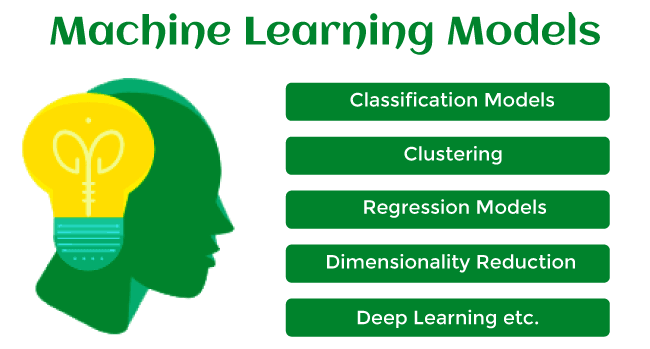Regression: Insights about Predictive Analysis
In our previous post, we talked about what regression meant by definition, some of its history and modern day use cases.
In this post we will discuss in detail about one of the most important applications of regression, i.e. Predictive Analysis via Machine Learning.
What is Predictive Analysis ?
Predictive analytics is a branch of advanced analytics that makes predictions about future outcomes using historical data combined with statistical modeling, data mining techniques and machine learning.
So in common words, we can say that it is used in making predictions from patterns to identify risks and find opportunities.
As we can see in the above figure, machine learning is an application of predictive analysis.
Machine Learning: Complex made computed
Machine learning is a subfield of artificial intelligence, which is broadly defined as the capability of a machine to imitate intelligent human behavior.
Machine Learning is the field of study that gives computers the capability to learn without being explicitly programmed.
This video will help you in better visualization of the definition,
Regression Models in Predictive Analysis
Now we understand what all those terms mean.
So now lets look at a problem that satisfies both Regression and our domain of Predictive Analytics.
The chosen example here is the house price prediction model,
Step 1 : So to predict the price of a house correctly, first we need to collect some data
We can do this by surveys, online forums etc. Our targets would be home owners who are willing to sell their houses, we can also include the people not willing to sell their homes for an extra dimension.
So we will need about the house size, area, building cost, maintenance cost, age , current & previous tenants etc.
Step 2 : Now to pre-process the collected data
This includes removing undesired data, dimensionality reduction, skew balancing, removing NaN values etc. This step will prepare our data for feeding into the regression model.
Step 3 : Divide data into test and train sets
We do this step to make two datasets, one on which the model will learn, i.e. Train set. And the one on which the model will be evaluated, i.e. Test set.
Step 4 : Make our Regression Model
The most obvious choice here would be to go with a Linear Regression Model, as it will help us establish relation between dependent variable(house price) and the independent variables(area, age, location etc....).
We will opt for Python & Anaconda to make our model, as it is easy. But we won't go into much detail of the coding part here, you can refer to the video below for that,
Step 5 : Deploy the model when it reaches desired accuracy
Conclusion
This wraps up our post, now we about Regression and its use in the domain of Predictive Analytics.
The decision to keep this post free from any coding part was made to keep it simple and to make sure that everyone understands the content.
Thank you for reading.








Comments
Post a Comment